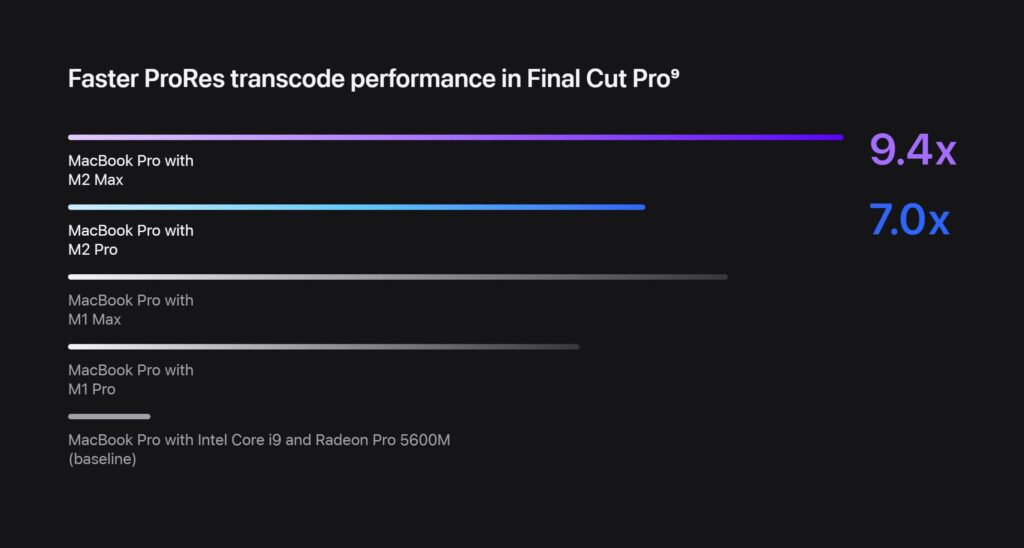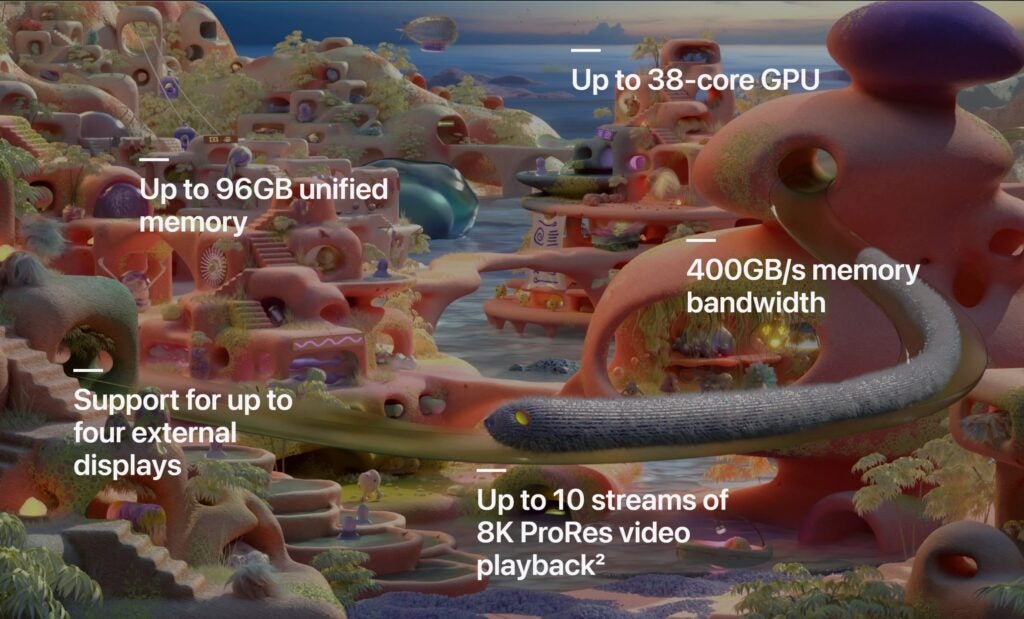MacBook Pro M2 (2023): Release date, price, specs and design

The Apple MacBook Pro M2 has been announced, with the 14-inch and 16-inch laptops shipping on the 24th of January.
Apple has announced both the 14-inch and 16-inch variations of the latest MacBook Pro (2023) laptops, which come equipped with either the M2 Pro or M2 Max chipset.
The M2 Max chip is slated to be the most powerful and efficient chip ever seen in a MacBook before, suggesting that it will stand head and shoulders over its predecessor in terms of processing power.
Keep reading for everything you need to know about the 14-inch and 16-inch MacBook Pro M2 laptops.

Save £180 on the MacBook Pro (2021) with M1 Pro
Apple has just refreshed the MacBook Pro, but we’re really tempted by this offer on the 14-inch 2021 model with the M1 Pro Apple Silicon chip.
- Amazon
- Was £1,899
- Now £1,719
Release date
The MacBook Pro M2 Pro and M2 Max laptops were announced by Apple on the 17th of January 2023. Both models will ship on the 24th of January, with preorders already available on the Apple website.
Price
There are two variations of the latest MacBook Pro, at 14 inches and 16 inches. They can both be customised with either the M2 Pro or M2 Max chipset, with the latter being the most expensive.
The base price for the 14-inch model – M2 Pro with 12-core CPU, 19-core GPU, 16GB RAM and 1TB storage – comes out at $1,999/£2149. The base model of the 16-inch model – the same M2 Pro chip with 16GB RAM and 512GB storage – also costs $2,499/£2699.
Since these laptops can be configured to have up to 8TB of storage and 96GB RAM the prices can be heavily inflated, but that will depend on which set-up suits you best. Opting for the M2 Max chipset, which goes up to a 12-core CPU and 38-core GPU, will also increase the price of each laptop by a large margin.
Specs
Turning to the specs, these laptops come with either the M2 Pro or M2 Max chip, although both have two separate configurations.
The first M2 Pro chip comes with a 10-core CPU, 16-core GPU and a 16-core Neural Engine. The more powerful variation comes with a 12-core CPU, 19-core GPU and a 16-core Neural Engine.
The M2 Max is more powerful, with the base chip sporting a 12-core CPU, 30-core GPU and a 16-core Neural Engine. The most powerful M2 Max chip boasts an impressive 12-core CPU, 38-core GPU as well as a 16-core Neural Engine.
You can see below how the MacBook Pro 16-inch model fairs when paired with the most powerful M2 Max chipset.

Apple claims that the M2 Pro can handle intensive editing workloads, as well as computational fluid dynamic simulations. The M2 Max boasts twice the memory bandwidth as the Pro variation, at 400GB/s, and is even more equipped to take on heavy workloads, with Apple claiming that it can design 3D geometry on an unprecedented scale.
The 38-core version of the M2 Max chip is only available on the 16-inch model as of writing, meaning that the larger laptop should be more powerful overall.

As we’ve already mentioned in the pricing section, each laptop can be configured with up to 8TB of SSD storage and 96GB of unified memory, although the 64GB and 96GB memory options are limited to the M2 Max chipset.
Each laptop comes with a selection of ports, including MagSafe 3, HDMI, three Thunderbolt 4 ports, an SDXC and a headphone jack. They also both run on macOS Ventura, which features over 1500 optimised apps and new features such as Stage Manager.
Display
Apple claims that both models can hit up to 1,000 nits of sustained brightness and 1,600 nits of peak brightness, with a 1,000,000:1 contrast ratio. The display features Liquid Retina XDR and ProMotion, with the refresh rate going up to 120Hz.
The 16-inch model has a resolution of 3456×2234, with the 14-inch model featuring a 3024×1964 resolution. Both have a 254ppi, as well as a six-speaker sound system and three microphones.
Design
Each laptop can be found in two colourways, Silver and Space Grey. The design is not too dissimilar to the rest of the MacBook Pro line, featuring the same Apple logo on the lid and an overall sleek aesthetic.
It seems that Apple hasn’t really made any changes to the design since the 2021 MacBook Pro model.





